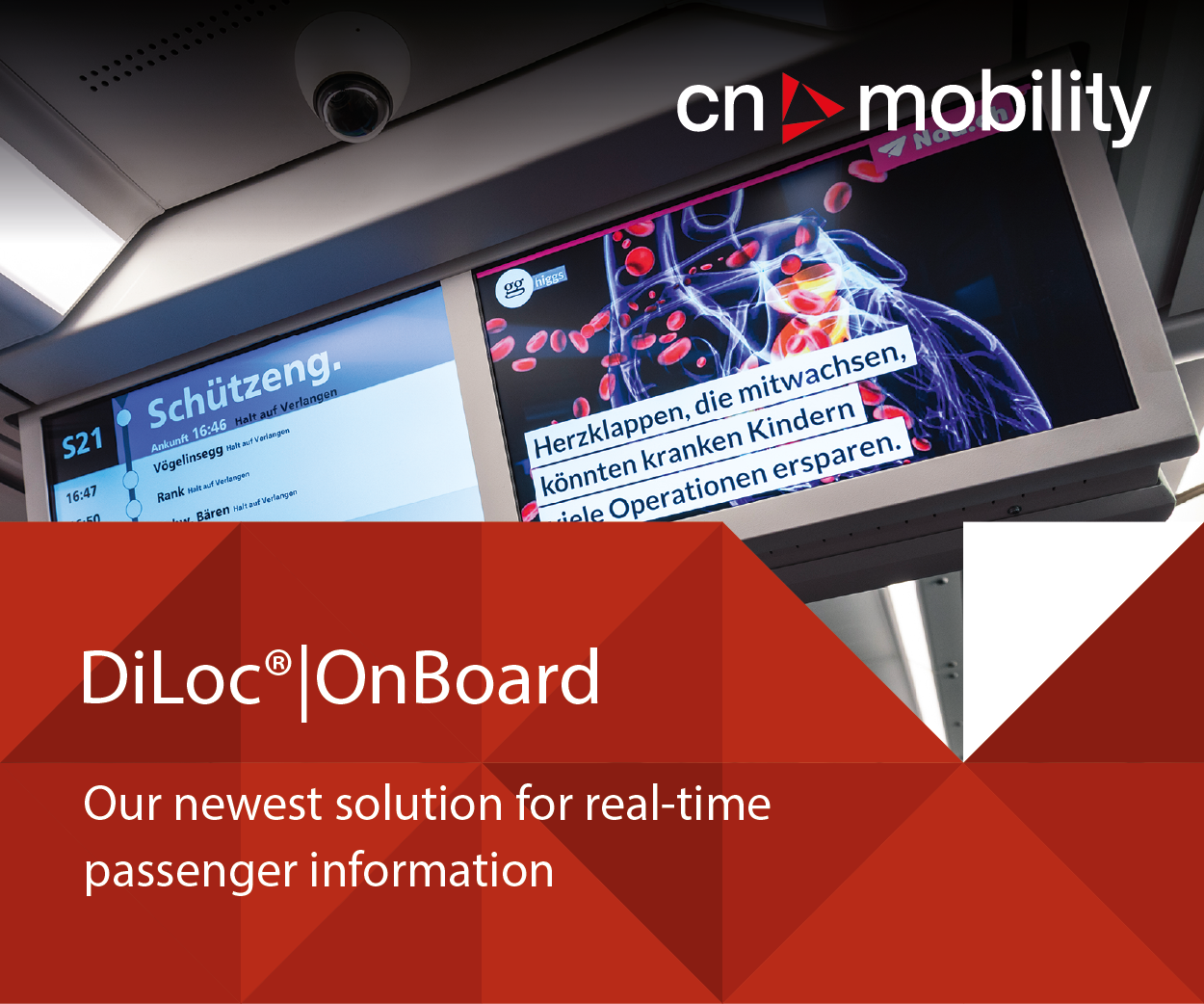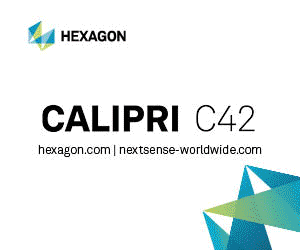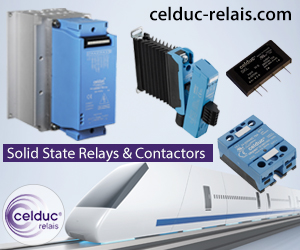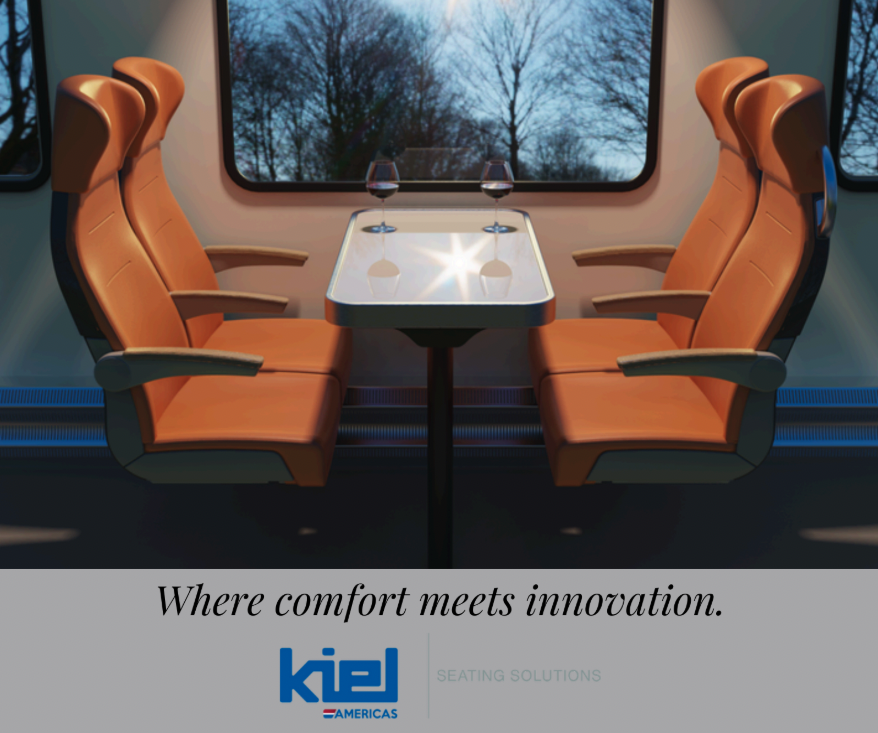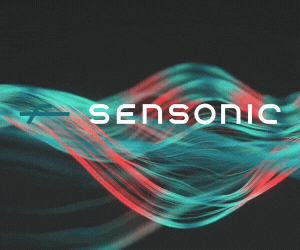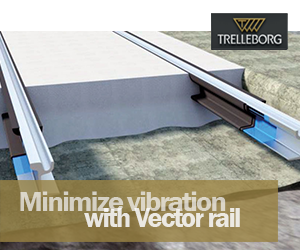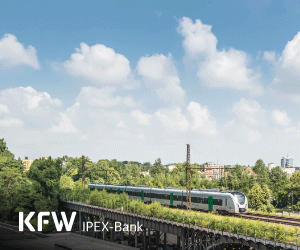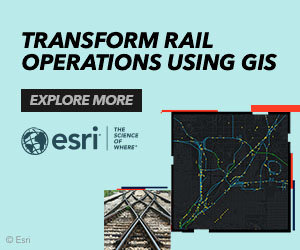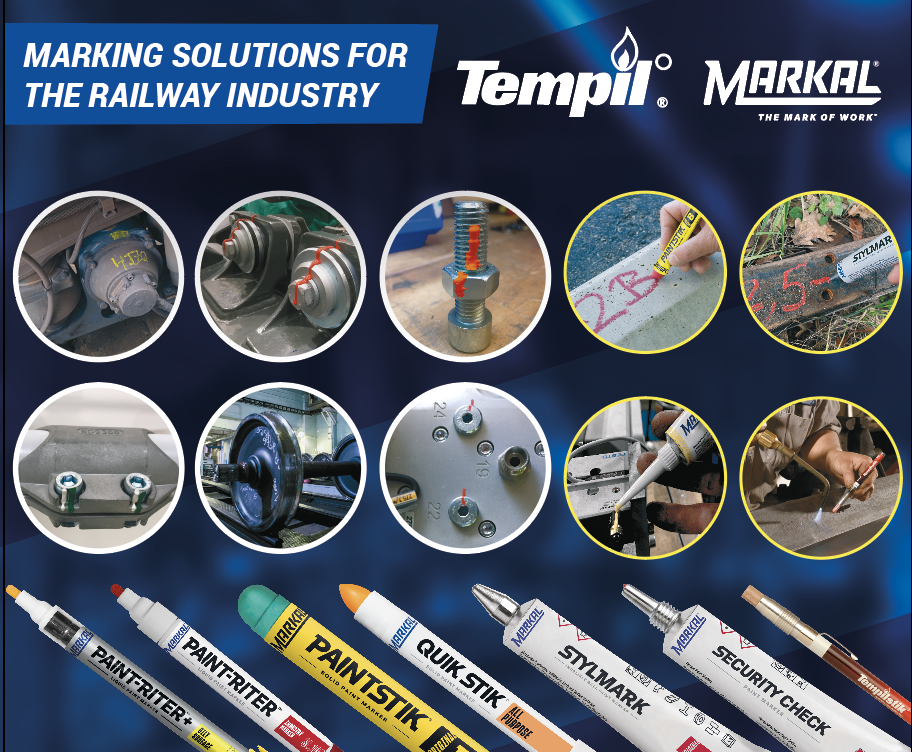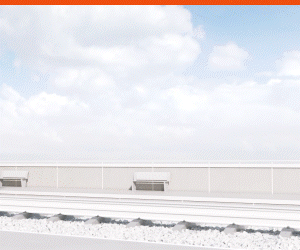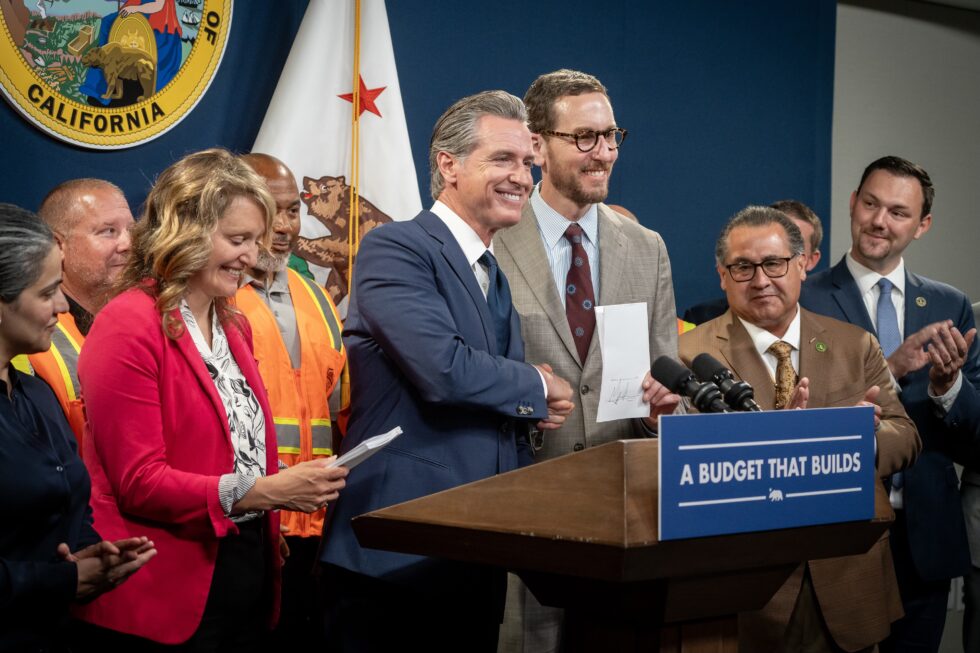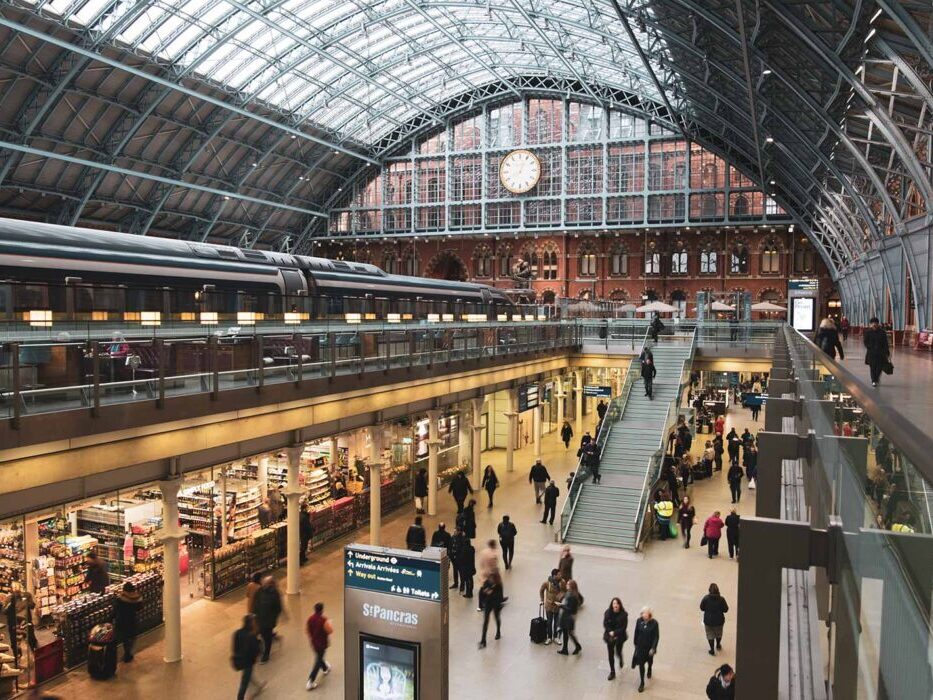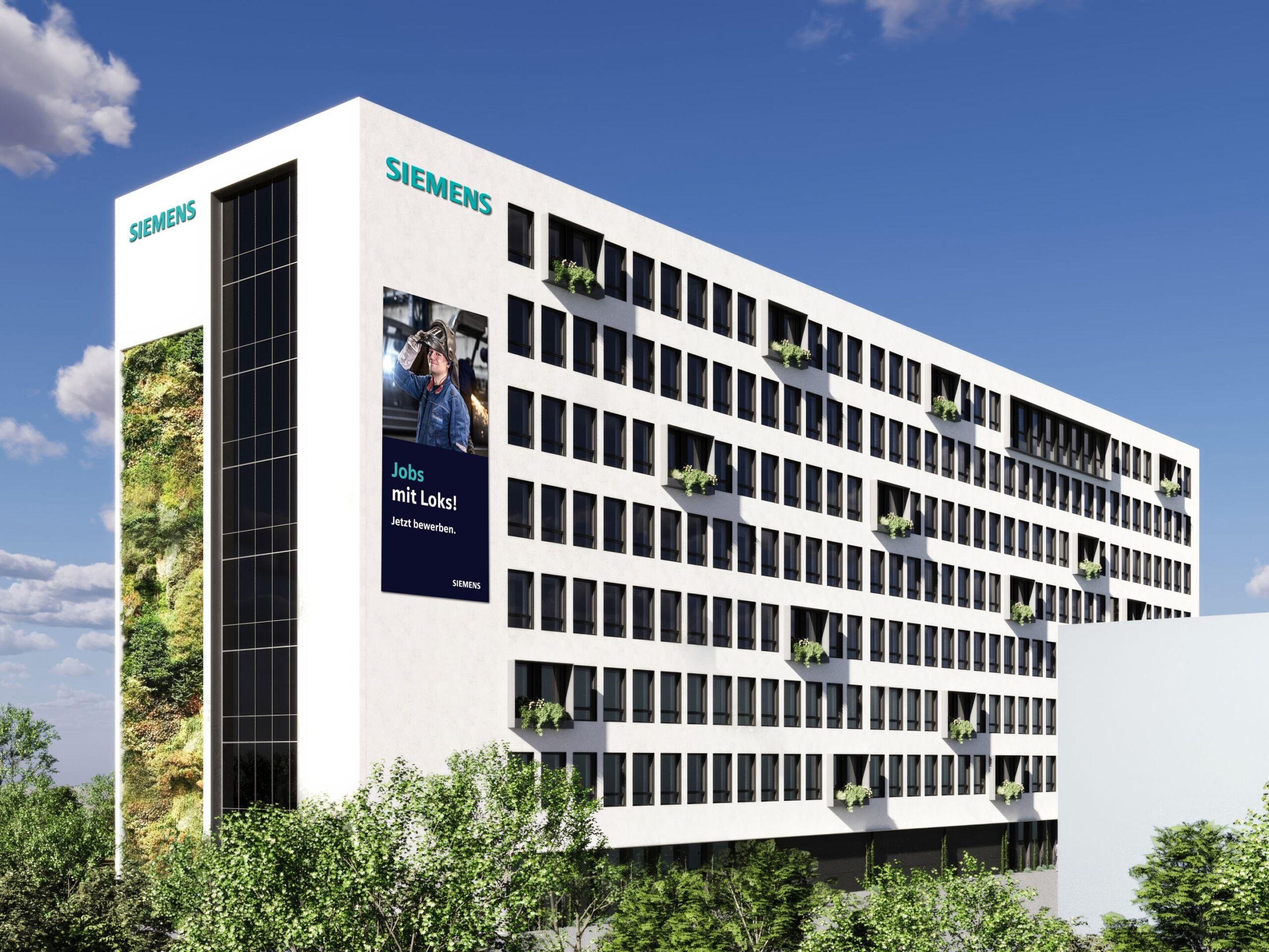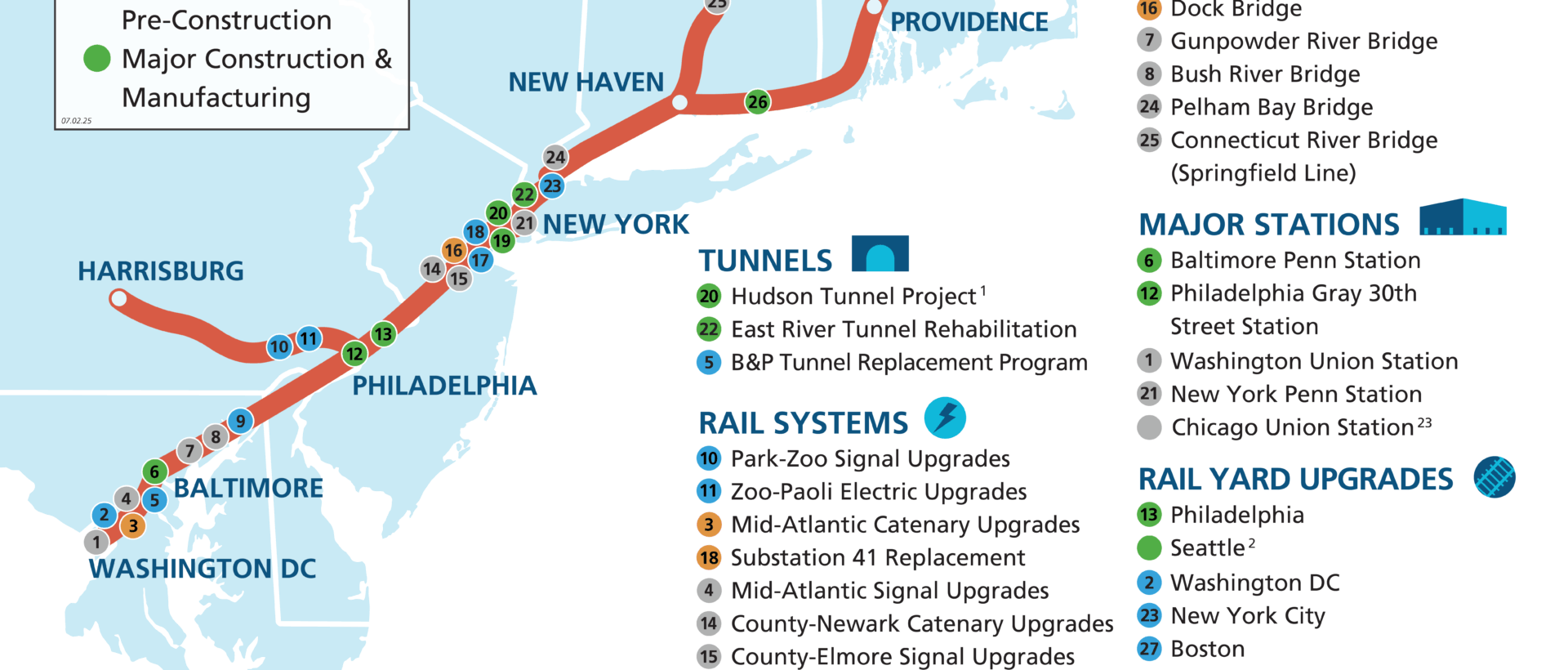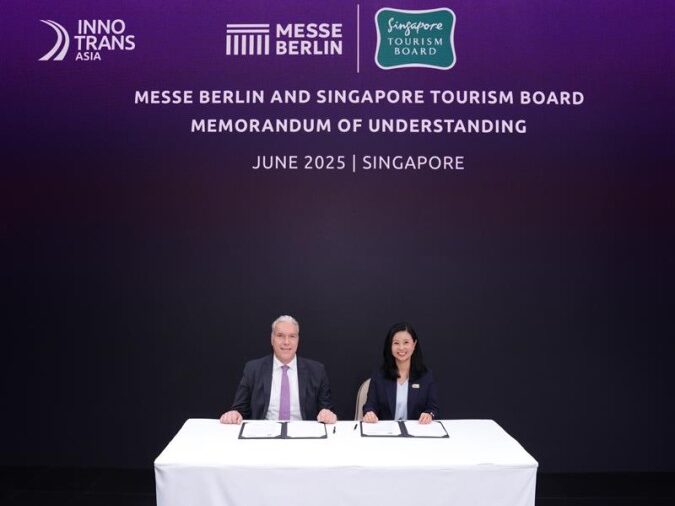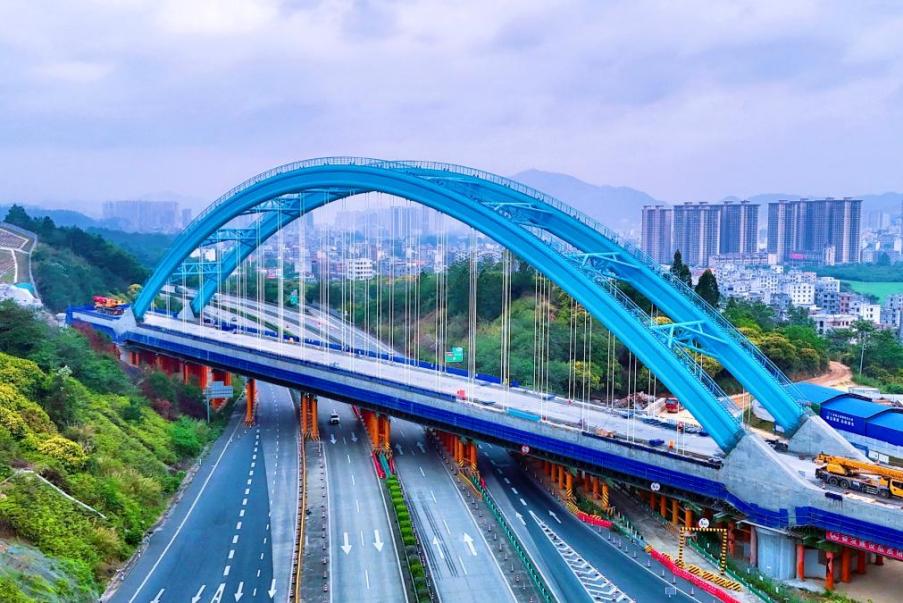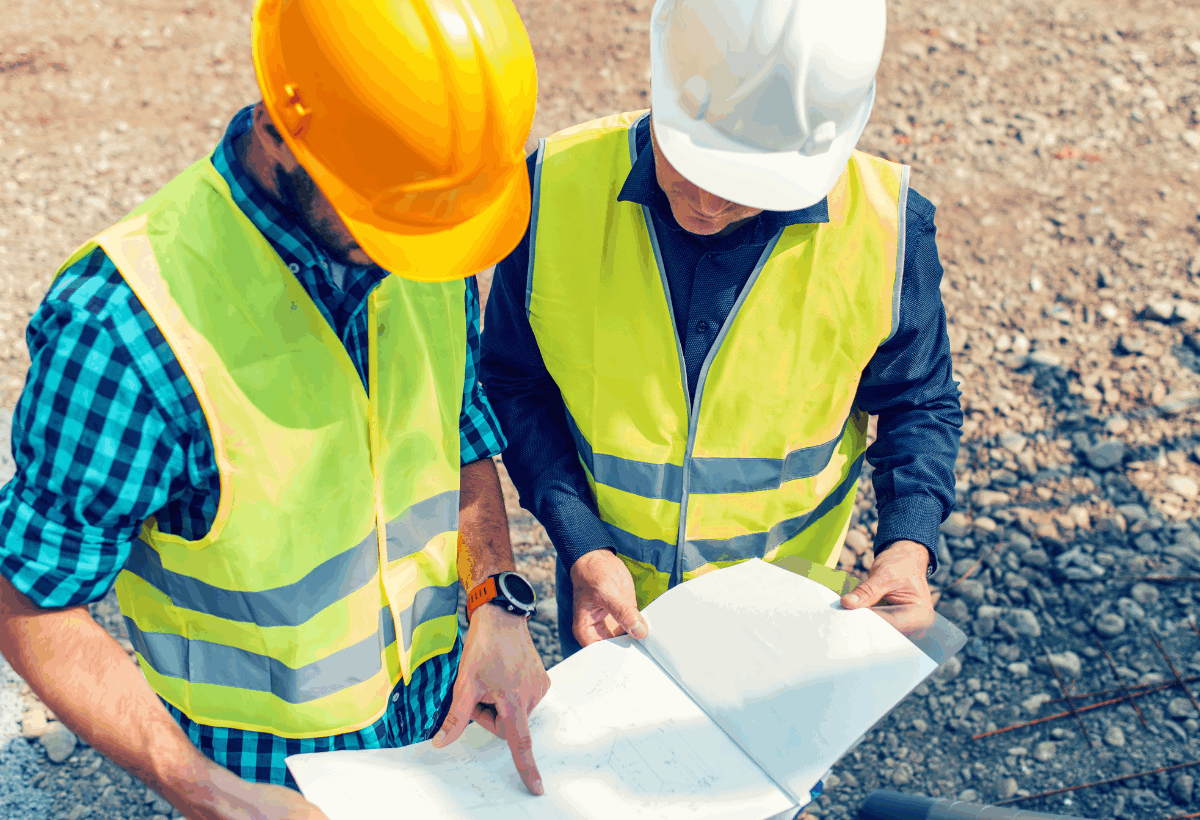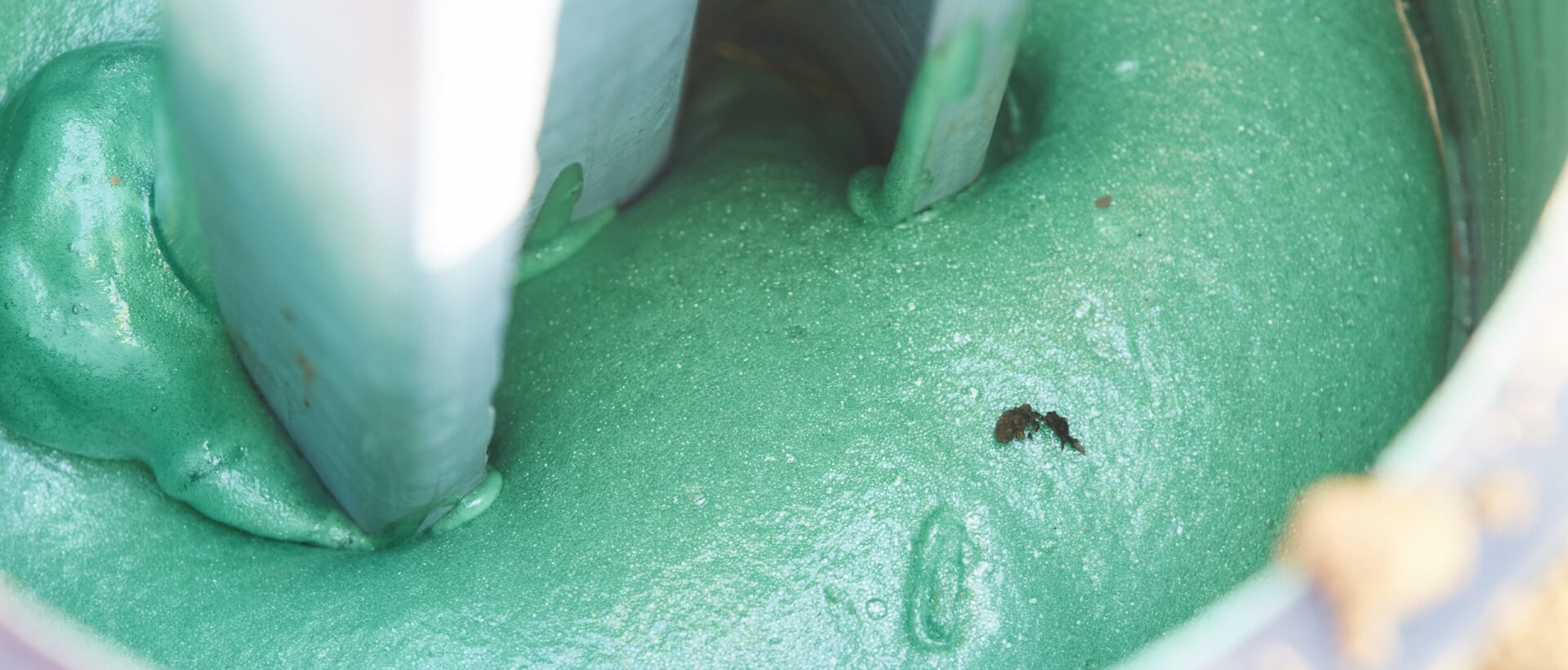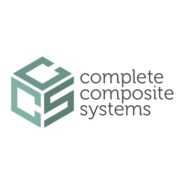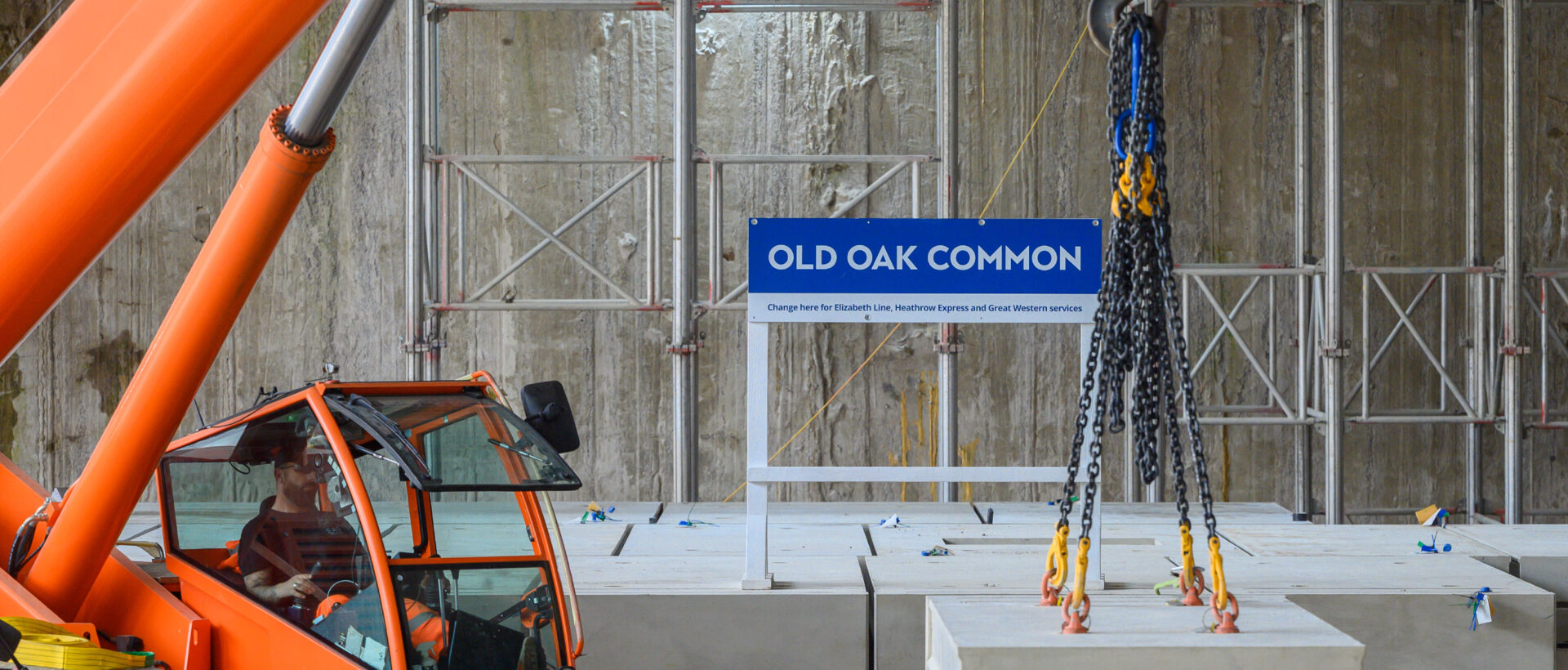Singapore’s Land Transport Authority (LTA) has announced that construction is underway on Phase 2 of the Cross Island Line (CRL), which will further expand Singapore’s rail network.
Phase 2 of the CRL (CRL2) will add 15 kilometres to the 29-kilometre Phase 1 segment currently under development. The second phase will include six underground stations, two of which (Clementi and King Albert Park) will serve as interchange stations with the East-West Line (EWL) and Downtown Line (DTL). Completion is targeted for 2032.
A groundbreaking ceremony for the development was held at the site of the future CRL Clementi station, officiated by Acting Minister for Transport Jeffrey Siow.
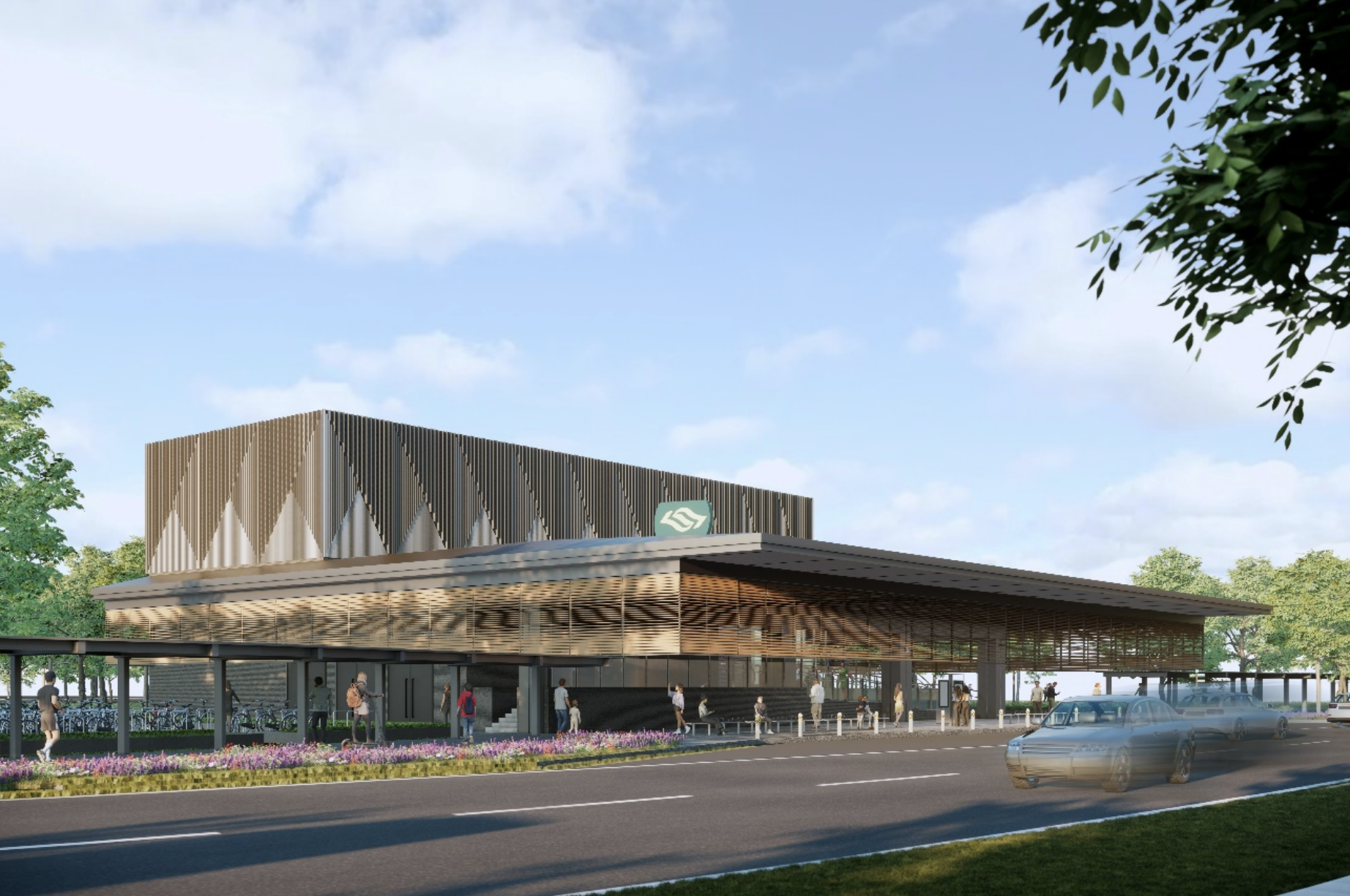
The expanded rail link is expected to improve public transport connections for residents in western Singapore. The new alignment is projected to reduce journey times across various districts. For instance, a West Coast resident travelling to Ang Mo Kio Industrial Park may save up to 40 minutes compared to the current combined train and bus route.
Once completed, the CRL will be Singapore’s second orbital MRT line, connecting with all existing radial lines and increasing the resilience of the network.
It will also be Singapore’s eighth MRT line and the longest fully underground line at more than 50 kilometres when complete. It will serve developments in the eastern, western, and north-eastern parts of the island, including major hubs such as Jurong Lake District, Changi, and the Punggol Digital District.
The King Albert Park interchange station, which will serve the CRL and DTL, is set to become Singapore’s deepest station. At a depth of approximately 50 metres, it will be constructed over five basement levels, exceeding the depth of the current deepest station, Bencoolen, on the Downtown Line.
Construction at the line’s interchange stations will involve phased alteration works to link with the existing MRT network, with close monitoring in place to limit disruption to current services.
A 5-kilometre bored tunnel passing beneath the Central Catchment Nature Reserve will be excavated using a Large-Diameter Tunnel Boring Machine (LDTBM). The machine will drill a single tunnel wide enough to house two tracks, which is expected to enhance efficiency and minimise surface disturbance.
The CRL is being constructed in three phases. Phase 1 includes 12 stations over 29 kilometres and is scheduled for completion by 2030. The 7.3-kilometre CRL-Punggol Extension, which includes four stations, is also due in 2032. Engineering studies for Phase 3, which will serve the Jurong Industrial Estate, are ongoing, with further details to be released at a later date.
Environmental Considerations
CRL2 construction will incorporate sustainable materials and technology. Stations will be built using concrete and steel with lower embodied carbon, and the use of electric machinery will be explored to help reduce emissions and noise. The CRL Changi East Depot will feature solar panels to support depot operations with renewable energy.
Several biodiversity areas, including Clementi Forest and Eng Neo Avenue Forest, fall along the CRL2 alignment. Since 2013, the LTA has worked with environmental groups to refine alignment options and mitigation measures. Adjustments include reducing the size of worksites and introducing animal crossings such as aerial rope bridges and culverts.
Environmental Impact Assessments were conducted prior to the commencement of works, and measures have been introduced to mitigate effects on wildlife. These include fauna barriers, wildlife-proofed waste bins, and a newly created freshwater marsh to support habitat continuity. A Biodiversity Training Centre has also been established to train workers in environmental awareness.
LTA has indicated that it will maintain an ongoing dialogue with environmental stakeholders as the project progresses.

